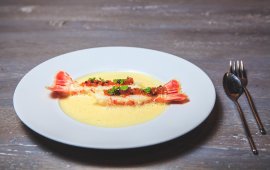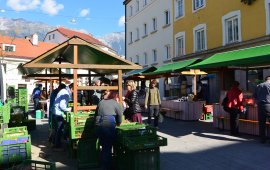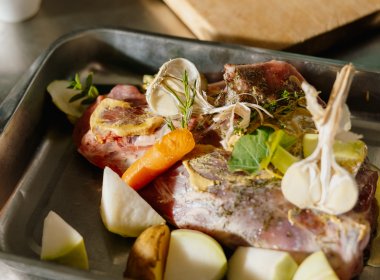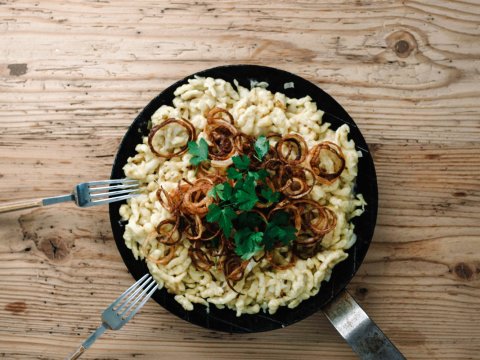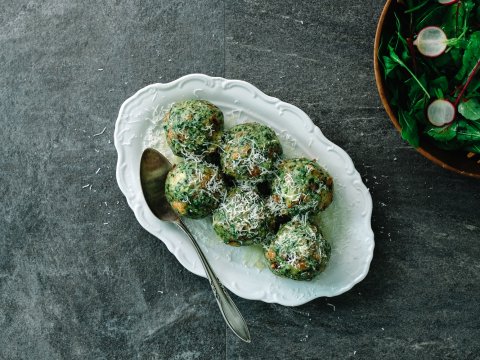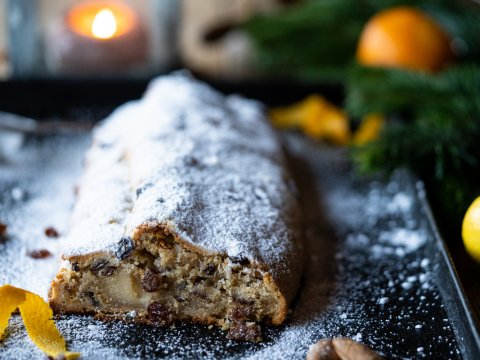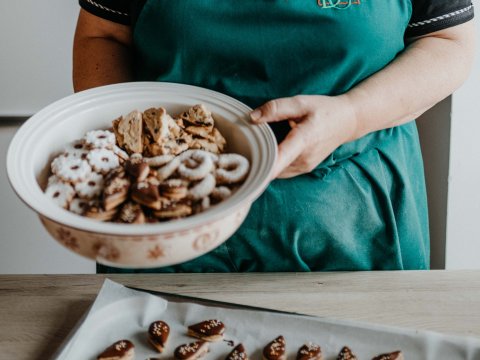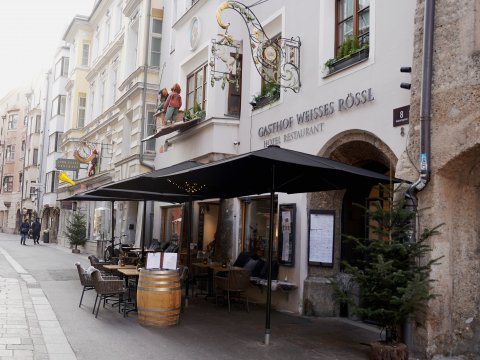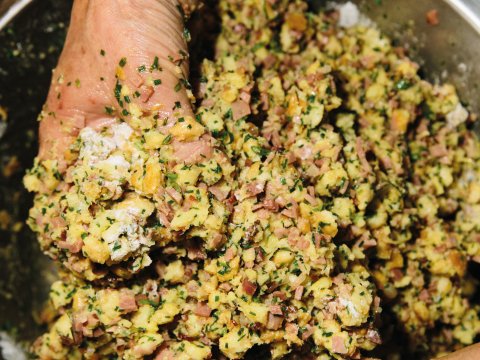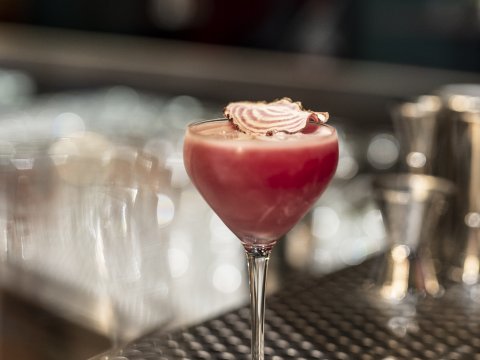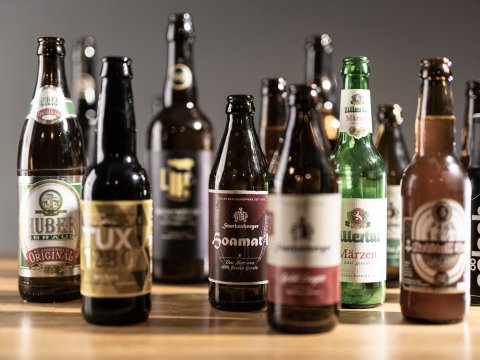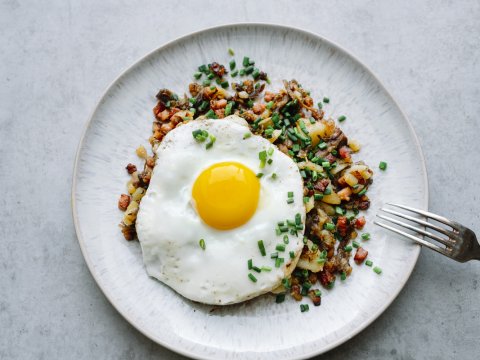Show Me What You Eat
"Show me what you eat and I will tell you who you are." We set out on a culinary journey of discovery through Tirol to find out what locals in this part of the world eat and what it tells us about who they are. From the Tirolean Unterland in the east to the Außerfern in the west, our travels took us to some of the region's best eateries and food producers. Read on to learn more about the dishes and delicacies that make Tirol so special.
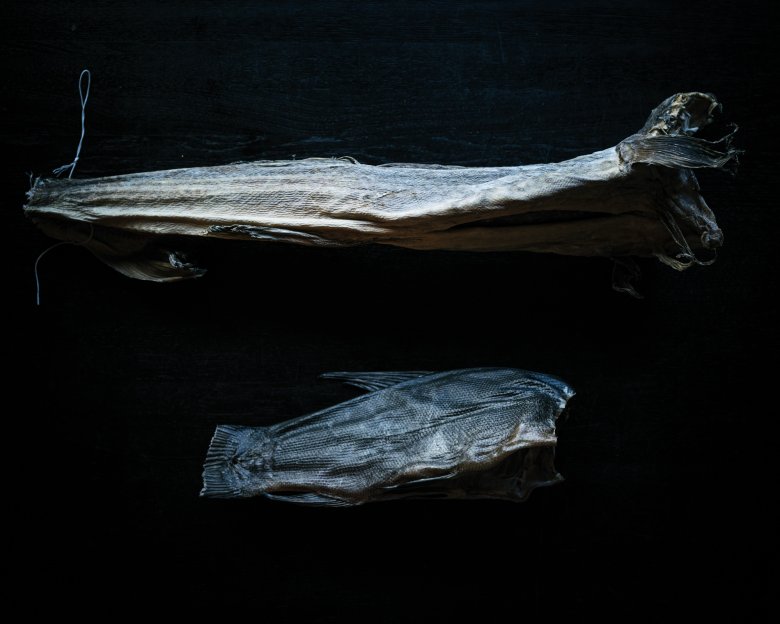
First Course: Scandi Fjord Meets Alpine Lake
Stockfisch, known in English as dried cod, has a long culinary tradition in the Alps and therefore also in Tirol. Yet, despite its proud history, it has in recent years become increasingly rare in local restaurants. In times gone by many places would have had "Stockfischsuppe" or "Stockfischgröstl" on the menu – relicts of a bygone age before global logistics and factory-to-shop cold chains. With little fresh fish available, locals would dry cod to preserve it for long periods and provide much-needed protein in winter. The concept is by no means unique to the Alps – similar techniques are used in Portugal (Bacalhau), Greece (Bakaliaros), Sweden (tørrfisk) and Japan (himono).
Determined to revive Tirol's stockfish tradition, two locals Claudia Kogler and Christoph Zingerle are on a mission to bring back this long-forgotten favourite. Claudia and her brother Michael run a restaurant in the centre of Innsbruck called "Die Wilderin". Christoph Zingerle is the head chef. One problem they encountered when setting out on their mission is that most cod served in Tirol today comes from the fjords of Norway – not exactly sustainable and environmentally friendly.
The solution? Find a new fish. After speaking to their local suppliers it was decided that pike and hench would be good alternatives to take the place of cod. The drying process itself is carried out in Claudia's garden, where the fish is left to dessicate for a week under protective nets. Seven full days in the sun are enough to remove almost all water, resulting in a flat and dry fish which is as hard as a rock. To make it edible, the fish has to be placed in water once again. It is then chopped into bitesize pieces and fried in a pan together with potatoes, salt, majoram and various other spices to make "Stockfischgröstl", a classic dish revived by Claudia and Christoph – and now a firm favourite among diners at their restaurant.
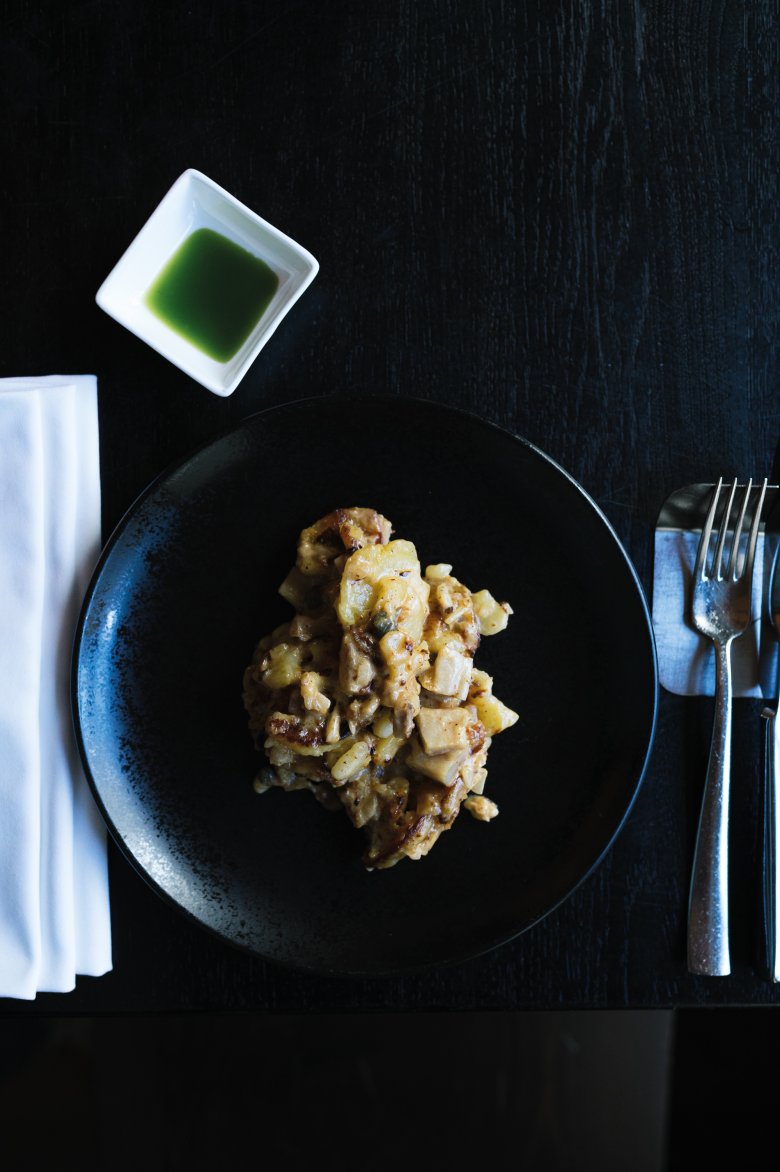
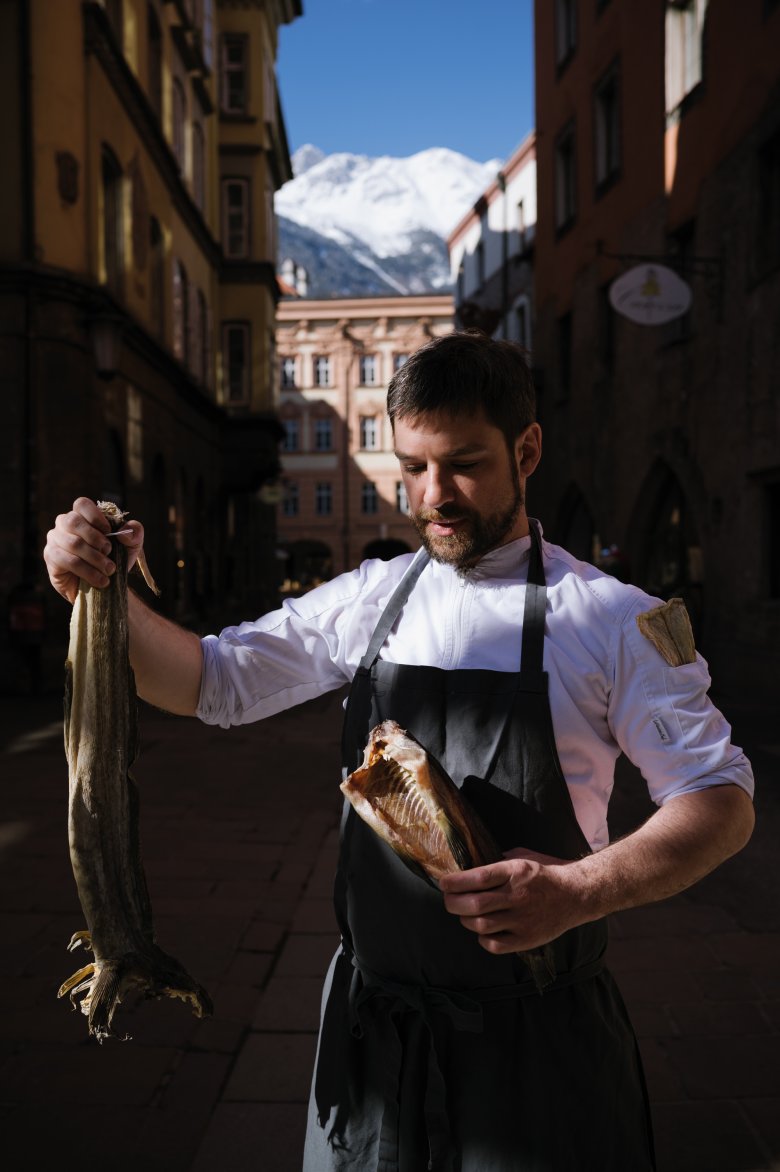
Location check
"Die Wilderin" is a safe bet for environmentally conscious foodies visiting Tirol's regional capital, Innsbruck. Owner Claudia Kogler and head chef Christoph Zingerle serve up traditional local food, including dishes which have fallen out of fashion in recent years such as foal goulash.
www.diewilderin.at
Seilergasse 5
6020 Innsbruck
info@diewilderin.at
Second Course: Nose to Tail, Lung to Liver
Ernst Rieser is relaxation personified when we meet him. Leaning against a wooden fence, he is enjoying the last few rays of sun as three pigs grunt and forage happily in the background. One of the pigs, however, won't be around tomorrow to enjoy the sunrise – but such is the nature of life on a farm. Ernst has offered to cook us one of his favourite dishes: Zillertaler Ofenleber.
Originating from the Zillertal Valley, it has been a classic dish in the region for several hundred years. The main ingredients are liver, pork belly, heart and lung – real nose-to-tail cooking before the term was invented. It even uses the thin membrane which holds together the pig's intestines. "We use it to keep everything in place while it is in the oven," explains Ernst. With his partner Mirjam Trattner he has travelled far and wide in a quest to learn not only how to slaughter animals but also how to use as much of the meat and innards as possible. One of his recent visits took him to Stara Planina, a hilly region in southern Serbia, to see how they do things there. Back in his own kitchen, everything is done with absolute precision. The salt and spices are weighed to the gramme; the type and amount of innards used is documented. The most important tool is his roasting thermometer, which displays the precise temperature of the meat in a special smartphone app: "74 degrees. Perfect."
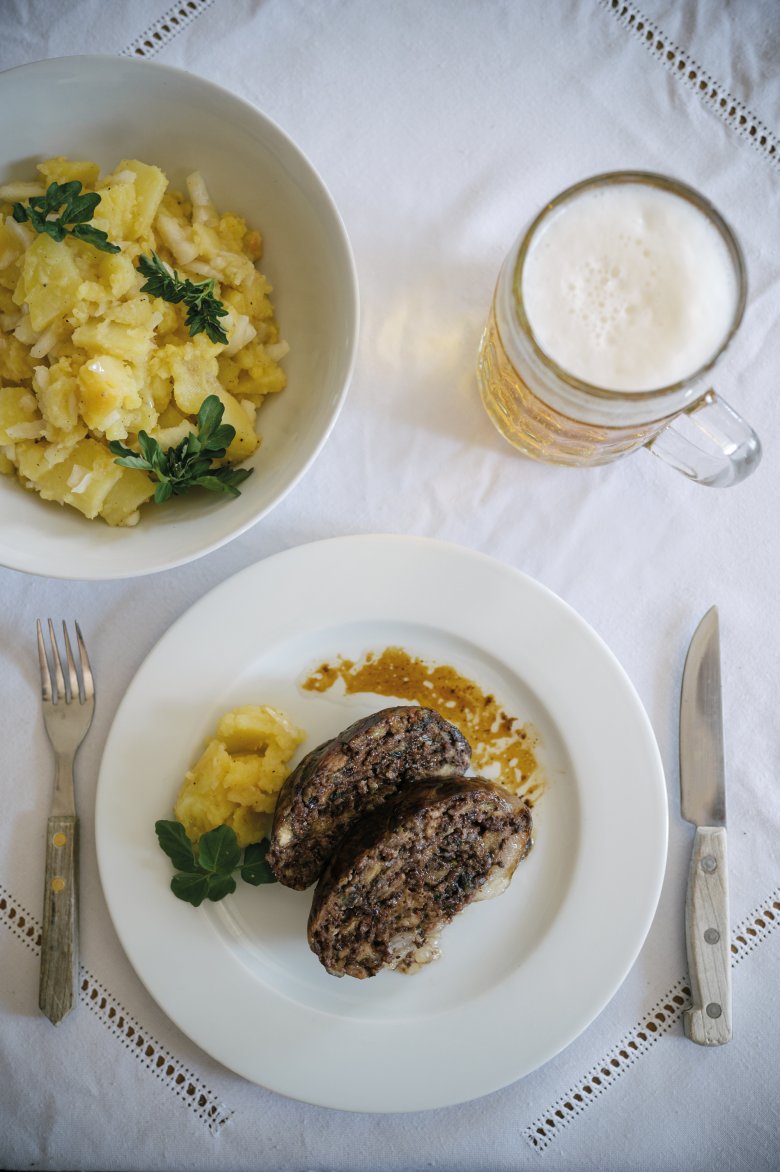
A peek inside the barn on the Innland farm reveals all manner of weired and wonderful animals: Quessant and Gotland sheep, Maline chickens, a four-horned billygoat and a group of Kunekune pigs from New Zealand – plus a few black alpine pigs, an old species traditional to the Alps which Ernst is doing his best to make popular once again in Tirol. With his long hair plaited together into a ponytail, he looks like a dyed-in-the-wool 1968 revolutionary. In fact, Ernst has a normal day job like the rest of us – as a facility manager at a pharmaceutical company – and runs the farm in his spare time. One day, though, he hopes that may change.
Zillertaler Ofenleber used to be a dish prepared only on special occasions – a wedding, maybe, or a celebration to mark the end of the harvest season. These days it can be found on the menu in many restaurants throughout Tirol, but here in the Zillertal Valley it is still a real highlight. Liver, lung, heart, stomach are all in there, together with the surprisingly sweet spleen and the kidneys.
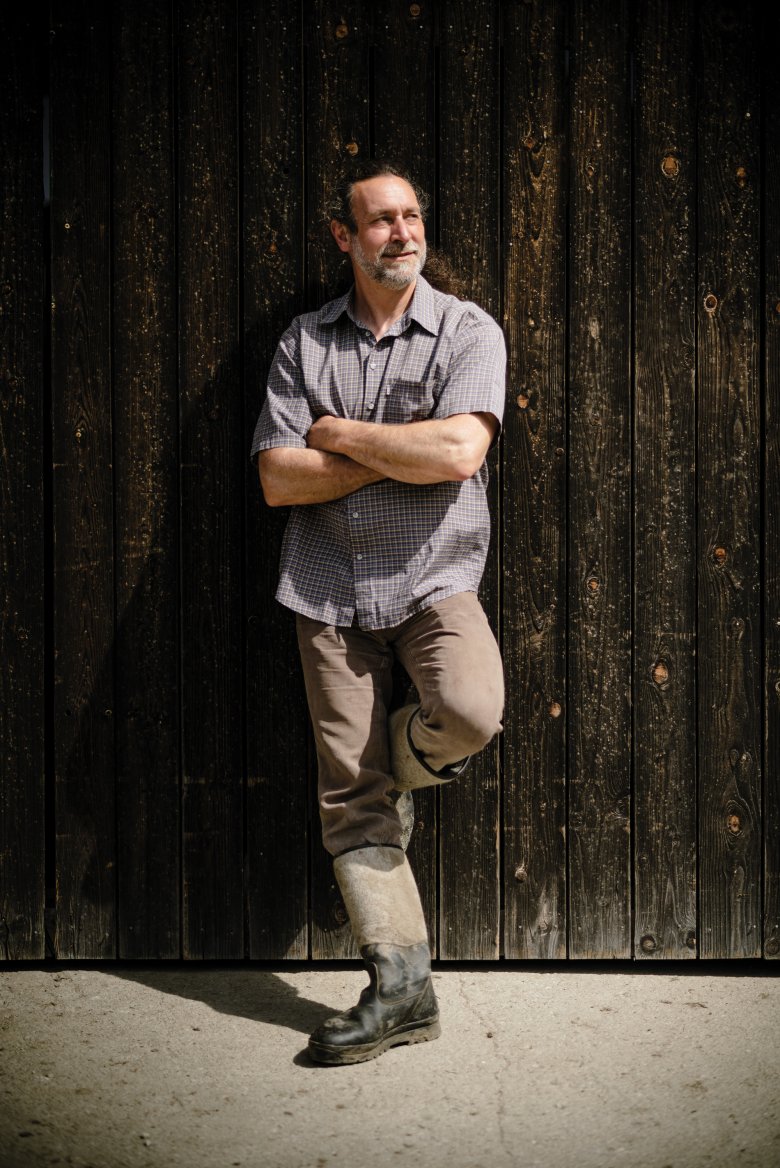
Location check
"Innland" is a farm in the village of Langkampfen in the Tirolean Unterland. Ernst Rieser and Mirjam Trattner, who run the farm, only produce for their own personal needs, but visitors are very welcome to come and visit – and lend a helping hand. In return, Ernst and Mirjam will be happy to share what they have.
www.innland.at
Innstraße 27
6336 Langkampfen
info@innland.at
Third Course: Down Through the Generations
Zillertaler Krapfen, sometimes known as Zillertaler Bauernkrapfen, have a long and proud tradition in Tirol. They date back centuries, when farmers and peasants in the region would make them as a cheap but filling dish to give them the energy they needed for a hard day working the land. Today you can still find them on sale at local markets. So what exactly are they? Hard to describe, but I suppose you could say they are a little like thick, round, savoury pancakes.
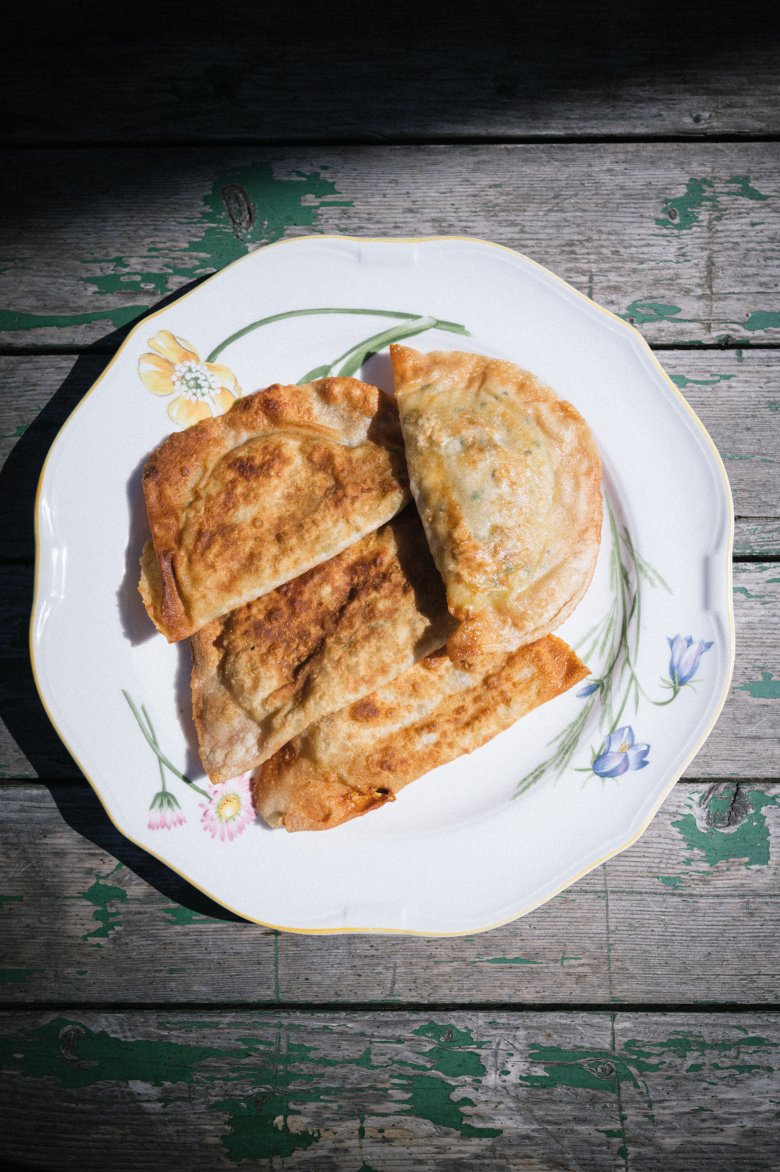
Anni makes them according to her grandmother's recipe. She, in turn, got the recipe from her own mother, who lived on a remote farm high above the valley floor in Stummerberg. This tradition of passing recipes down through the generations continues today, though often it is less the actual recipe itself and more the little tips and tricks which are such well-kept secrets. "Clarified butter," explains Anni, "that's the secret. Nothing else gives them the right taste, colour and crispiness". Another key factor for good Zillertaler Krapfen is the temperature of the oil. "It has to be really hot in the pan," she adds. Such is the demand for this local delicacy on Fridays that Anni starts work on Thursday preparing the dough. All that then remains on Friday, as cutomers stream through the door, is to apply the topping and pop them in the sizzling oil for a few minues. Et voilà.
Anni and Andreas Ritter switched to organic farming in the 1980s, when sustainability was anything but popular. All the ingredients they need for their famous Krapfen come either from their own farm or from other local suppliers.
Today the farm is run by their son Christoph and his wife Christine, though Anni and Andreas are still plenty busy with their Krapfen and other dishes on offer at the Bauernkuchl. Indeed, they are already working on their next big project: Schlutzkrapfen.
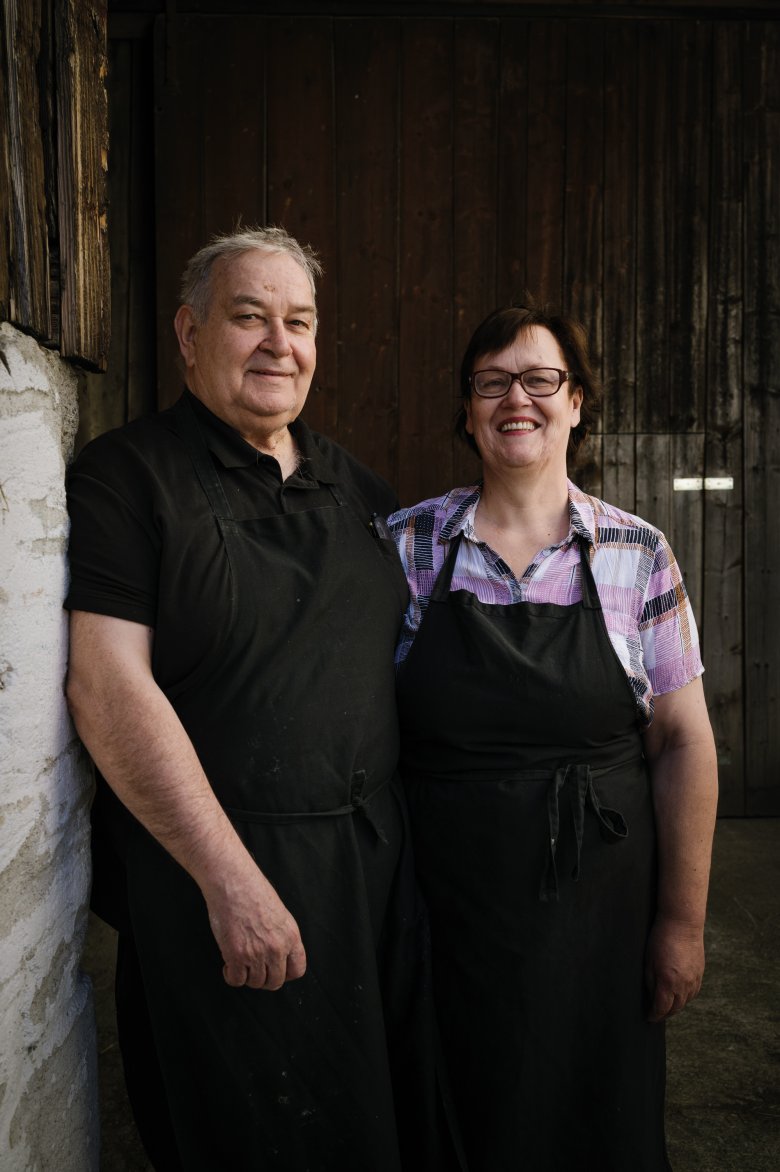
The location
The Bauernkuchl in the village of Buch is a small restaurant next to a farm which used to be run by Anni and Andreas and is now in the hands of their son Christoph and his wife Christine. There is no need to reserve a table, but we recommend calling ahead if you want to be sure of getting a few of their famous Krapfen.
www.bauernkuchl.at
St. Margarethen 113a
6220 Buch in Tirol
ritter.anni@gmail.com
Fourth Course: Meat from the Mountains
Ten years ago the Gasthaus Morent, run by Ralf Morent, was the discovery of the year in the Slow Food Guide. It didn't take long for its reputation to spread to Austria's most popular and influential restaurant guides, resulting in a huge influx of foodies keen to find out what all the fuss was about. In such cirumstances it is easy for restaurants to lose their way, swept along by a wave of praise and enthusiasm. This, however, was anything but the case at the Gasthaus Morent. Dating all the way back to the year 1764, it has been at the heart of the community for hundreds of years and – despite the numerous awards it has received – still sees itself first and foremost as a local eatery. Pork, veal, mushrooms, fish and game are all sourced from the region, which for Ralf Morent also means Allgäu (just over the border in Germany) and South Tirol (just over the border in Italy). Much of the game served in his restaurant is hunted by Ralf himself.
He offers to make us a dish using chamois (mountain goat) – a delicacy rarely found on the menu. Preparing it, he explains, is more challenging than other types of meat. We soon get on to talking about hunting itself. Ralf's eyes light up as he tells me that hunting chamois is considered the most difficult and therefore most prestigious type of hunting in the Alps. Hunters are often forced to follow their prey into steep terrain, where the nimble-footed animals are more at home than any human. When it comes to the cooking process, time is very much of the essence. First the meat must be left to rest. Then it's time for the sharp knives. "Chamois is a tricky meat," he tells me. "If in doubt, it is better to cut away more rather than less. If you have just a bit too much fat in there, the taste is ruined."
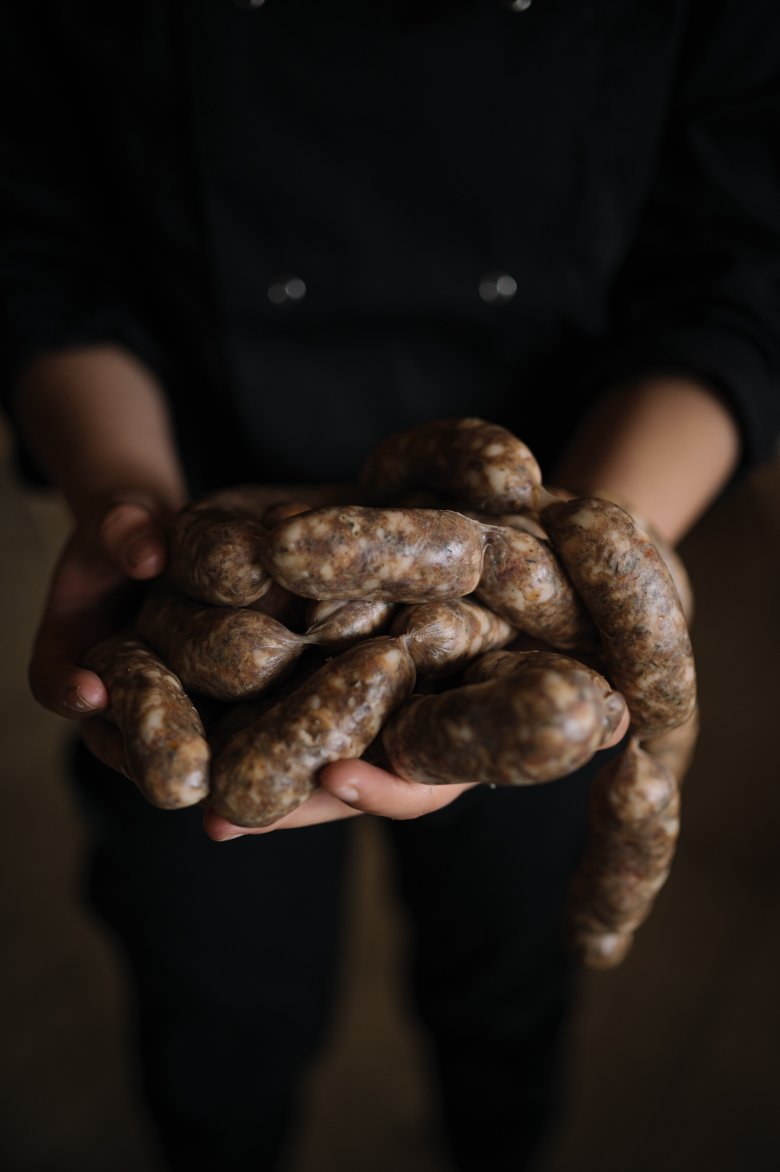

Today Ralf has passed on head-chef duties to his daughter, Lisa, who has worked in some of Austria's best restaurants and enjoys bringing a new twist to old recipes. Instead of the classic ragout, she uses the chamois to make a salsiccia – a typical Italian sausage using the shoulder, neck and stomach of the chamois as well as little bit of pork belly, all seasoned with salt and pepper plus marjoram, pimento and a dash of nutmeg.
The taste? Raw, tangy and like nothing else I have tried before. A culinary journey from the Alps to the Mediterranean in one single dish. Delicious!
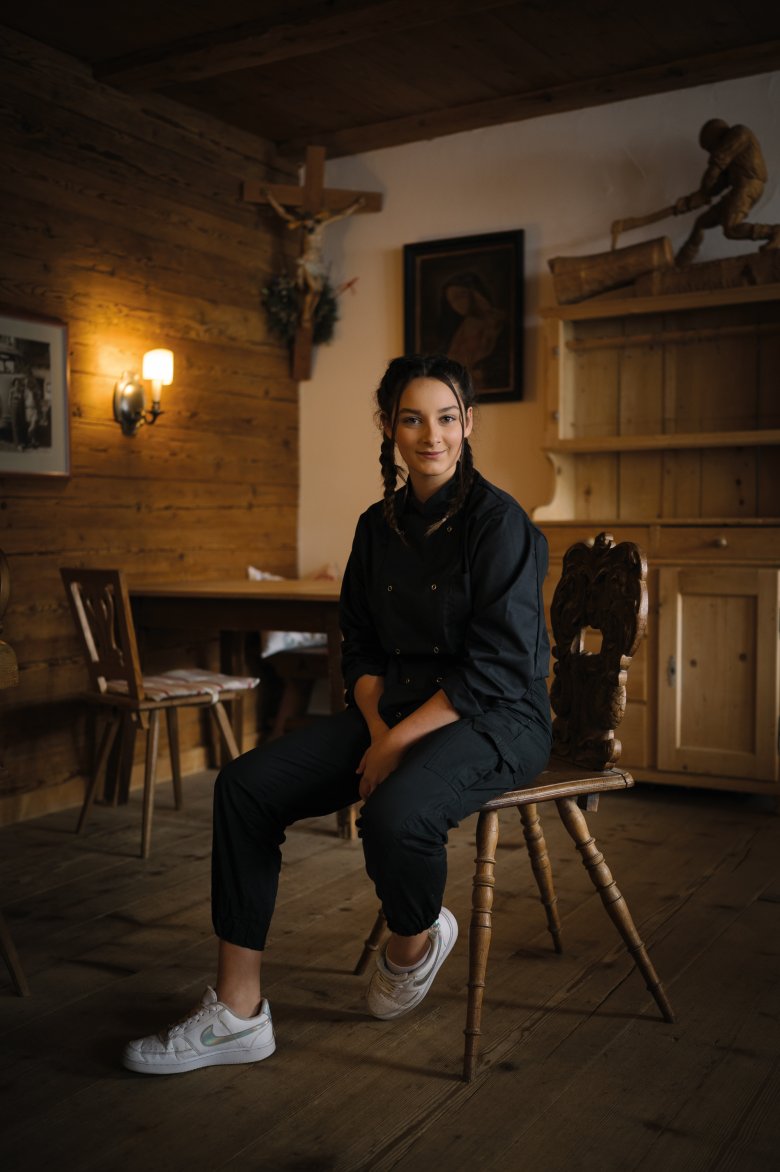
The location
In 2004 the Morent took over the running of this fine farmstead in Zöblen, a village in the Tannheimer Tal Valley. Much work was needed to bring it up to modern standards, but today it is one of the finest restaurants and accommodations in the region. Book a table for dinner – and a room as well, just in case evening turns into night.
www.morent.at
Hausnummer 14
6677 Zöblen
feinschmecker@morent.at









